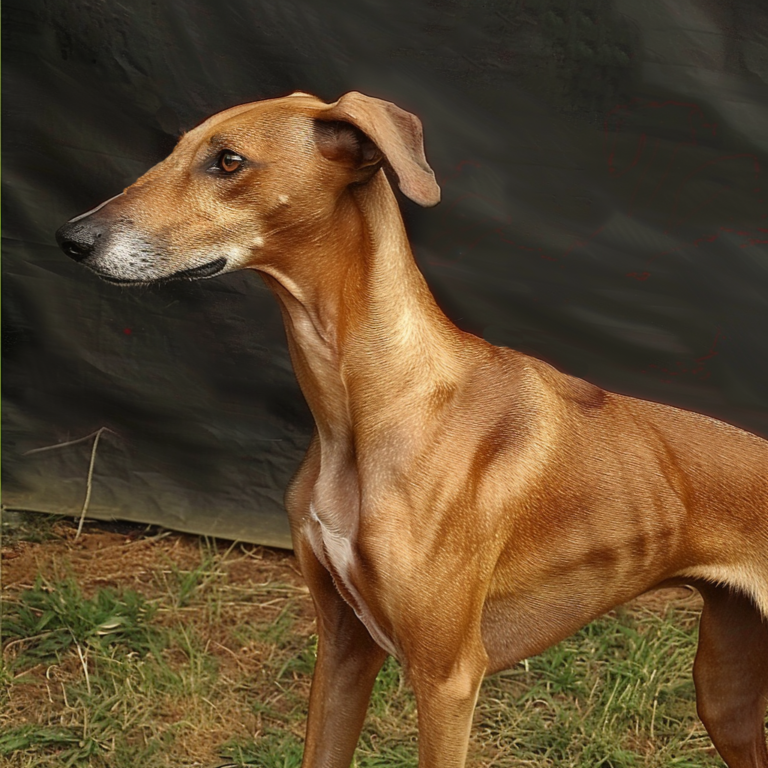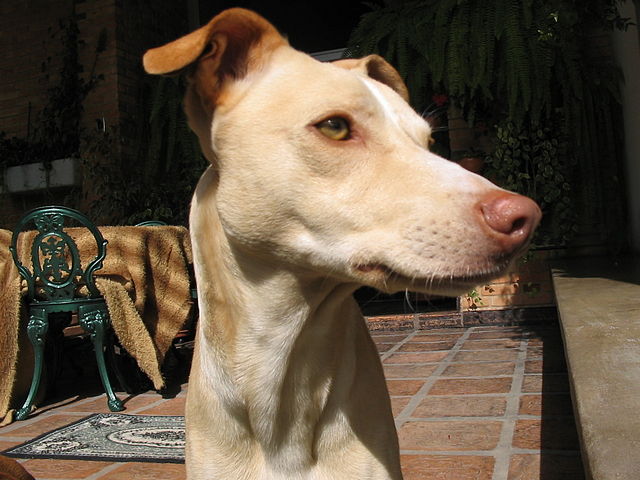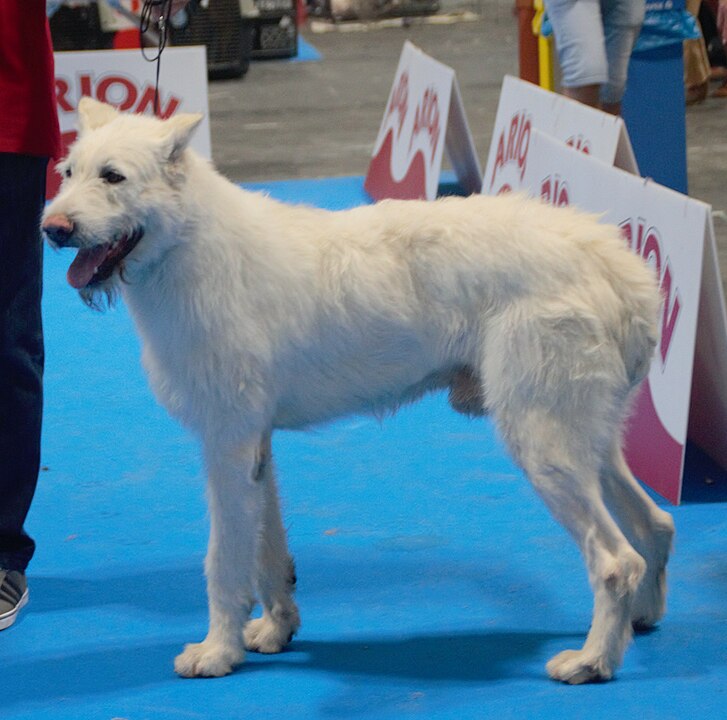The Silken Windhound is a lively, yet gentle and affectionate sighthound. Silkens were created in the United States in the 80’s in order to fulfill a”gap” that didn’t otherwise exist – a mid-sized sighthound with a soft and flowing coat. They are still a young breed, however their popularity is slowly increasing throughout the world. Although they have yet to be recognized by the AKC, they are recognized by the UKC and many kennel clubs in other countries. These gentle hounds are unobtrusive in the home and generally easier to keep than many other sighthound breeds. Their soft, silky coat (coming in all colors) is a medium length yet is not difficult to keep up with grooming as they tend to keep themselves rather clean. They do shed, but not heavily.
Silkens can be easy to train and are intelligent companions who enjoy participating in various activities with their families. This often includes racing, lure coursing, conformation, flyball and agility, however obedience training is recommended to give the dog a basic sense of responsibilities and rules. Some Silkens work as therapy dogs or even as service dogs – and these roles in particular require a very good base in obedience. Keep in mind that they do still have keen prey drives and are apt to abandon their owner mid-training session if a small animal goes dashing by! This means a lot of off-leash proofing will be required, along with the knowledge that some dogs will never be 100% reliable if a tempting chase situation become available.
Windhounds are well-behaved and quiet house companions but do require room to run! Ideally, they should be given a fenced-in area in order to stretch their legs daily. Like their relatives in the sighthound family, they are exceptionally fast and do need an area to do this safely. A home with a fenced yard is most ideal, although in certain situations they can adapt to apartment life as long as they are given a fenced area to run regularly. A vast majority of Silkens participate in racing and/or coursing events in order to prove “they have what it takes”, before going home with their owners each night. Running is in the breed’s DNA and they love to do it! After they’ve had their daily dose of exercise, they are more than happy to lay on the couch next to their person. Their energy level is such that they have short bursts of very high energy, which then dips to low after they’ve had their exercise. 
Silken Windhounds have varied personalities just like people! Some are more shy than others, others are very outgoing and affectionate. It all depends on the line and on the individual dog. Aggression, however, is rare. A male vs. female temperament doesn’t seem to make as big of a difference than some other breeds, as either way there is a wide variation. If trying to decide on a male or female, physically males tend to be bigger and have fuller coats. Most Silkens do love to play, whether with “their people” or with other dogs – they tend to get along well with everyone. This includes cats – a difficult task for many other breeds from the sighthound group! They also do well in homes with children provided the kids are calm.
Silkens are very healthy for the most part, which was one of the big considerations when the breed was being created. In fact, DNA parental marker verification in all dogs in the beginning of the breeding program meant that health could be closely monitored. This is vastly different than most breeds today, as there is an extensive “guide” that shows which dogs inherited what, and from whom. With most living well into their teens (one individual was reported living until 20 years of age), the majority do not suffer any genetic problems. This said, because nature is what it is, there are some issues that occasionally crop up, most notably MDR1 (a drug sensitivity). This condition won’t be a problem for the dog as long as certain drugs are avoided.
As might be assumed of these quiet and friendly hounds, Windhounds do not make great watchdogs. Neither are they recommended in households that are frequently loud or otherwise stressful. Despite these attributes, the breed is otherwise fairly adaptable to many situations and are even good for novice dog owners, provided their needs can be met. These social animals do need plenty of human contact and can develop separation anxiety if left alone all of the time. A calm home with access to a fenced in yard and owners who have plenty of time to spend around the dog, is the best match for this up-and-coming breed.



